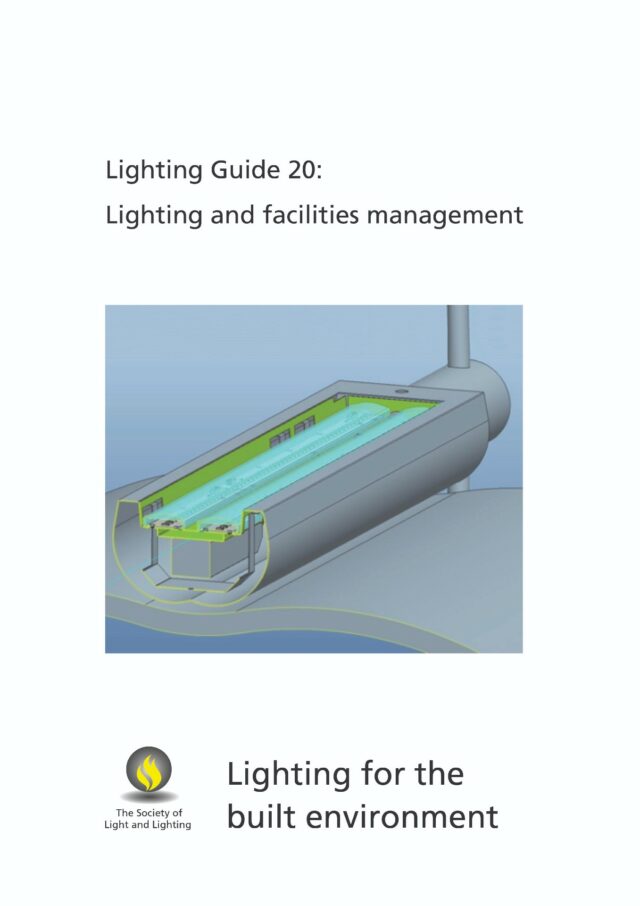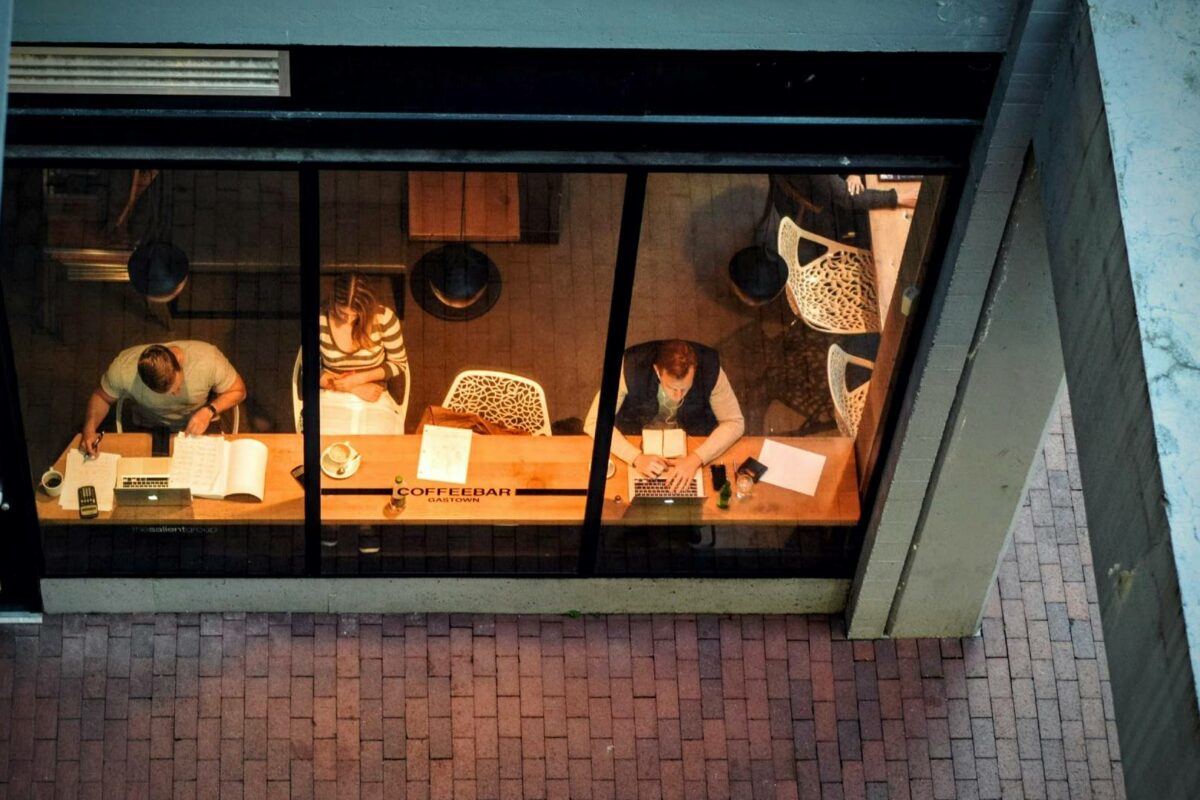The first guidance designed specifically to address key lighting tasks of facilities management has been published by the Society of Light and Lighting (SLL).
Lighting is critical to providing a safe and productive working environment with facilities managers tasked with managing, maintaining and optimising this fundamental building service. The SLL Lighting Guide (LG) 20 is designed to be supportive of facilities managers with knowledge of electrical services, but whose work may occasionally involve lighting or related decision making.
It sets out a logical approach for non-specialists to identify and undertake the tasks required in order to “provide the right amount of light in the right place for the right amount of time.” It also includes guidance on energy consumption and assessing the maintainability of existing lighting installations. This information is often required in relation to service level agreement and can create a compelling argument for upgrading lighting systems, in terms of investment in energy savings, reduced carbon footprint and increased reliability.
Three case studies offer practical examples and context of different lighting scenarios – lighting for a data centre; upgrading emergency lighting in a six-storey building and the circular economy and repurposing luminaires.
It is the latest addition to a series of application specific Lighting Guides, produced by CIBSE and the Society of Light and Lighting, and was written by Sophie Parry FSLL, Vice-Chair of the SLL Technical and Publications committee in conjunction with the CIBSE Facilities Management (FM) group.
Regarding the aims of this guide and in developing communication between related disciplines, Sophie explained; “As the construction industry aligns with the increasing drive to net zero carbon by 2050, one of the methods being considered to reduce embedded carbon within a buildings’ fabric is to re-furbish existing buildings where possible, rather than demolish and re-build. The refurbishment scope and complexity will vary on a project-by-project basis, but in many instances will require local knowledge and input from the incumbent facilities manager. It is therefore imperative that facilities managers have the correct knowledge level/access to knowledge of many construction disciplines to add value to such projects.”
For more content around the challenge of lighting, click here.

Content Team
Work in Mind is a content platform designed to give a voice to thinkers, businesses, journalists and regulatory bodies in the field of healthy buildings.




